Six Revelations Towards a Solution for Elbow Pain
There is a lot of confusion in regards to elbow pain. Every purveyor of health products and services has a different perspective. Don’t be confounded by all the clamour. Read the following six revelations and get on the path to clarity.
1. The primary cause of most elbow pain is muscular overuse. Muscular overuse causes muscles to get tight. Tight muscles are vulnerable to inflammation (known as tendonitis or golfer’s/tennis elbow), cramps, strains and tears. Tension also pulls the skeleton out of alignment which can cause arthritis and/or neuropathy.
NOTE: While your case of elbow pain is most likely the result of overused muscles, always get a proper diagnosis from a medical doctor!
2. Overuse injuries are caused by weakness. Working muscles assist each other to create movement. Should some muscles within a group become weak, their lack of work has to be assumed by those which remain strong. The burden of compensating for weak muscles causes strong muscles to become overused!
3. Strength is the most powerful solution for overuse injuries: End the burden of compensation by strengthening weak muscles and overused muscles recover. Recovery is fast and profound! Most people will feel an immediate reduction of pain and tightness. Often only two or three strengthening sessions are required for complete resolution. Strengthening weak muscles also increases tone helping to balance tension around joints. Improving skeletal alignment with strength is critical when managing arthritis, pinched nerves and ligament health. Strength is more powerful than stretching, myofascial release or rest! (however, the ultimate intervention combines all four).
4. Weak muscles lie adjacent to the strong. If you have an overused elbow flexor its weak partner will also be found within the elbow flexor group. Likewise, if you have an overused elbow extensor the muscle you need to strengthen will also belong to the elbow extensor group. No need to venture far from overused muscles to find weak partners or synergists.
5. Your left side must be trained in a manner opposite to your right side: If you are unlucky enough to have pain in both elbows – what you stretch on the left must be strengthened on the right and vice-versa. For example, if your extensor carpi radials is tight on your left it will be weak on your right! It does not matter if the pain feels identical. Only a very precise assessment can determine the exact needs of individual muscle fibres. Tarodo stretching actually isolates the individual heads within a muscle. The muscular needs of your body vary from front to back as well as side to side.
6. Blame posture: Posture is the placement of bones to compensate for the effects of gravity. For a bone to move (and remain in position) some muscles need to be active while others need to be inhibited. Active muscles become strong muscles and inhibited muscles become weak. Stop blaming yesterdays workout for your pain! Postural stress is relentless – continuing even as we sleep. Gravity never ceases – victimizing our backs, necks, shoulders, hips, knees, elbows, hands and feet.
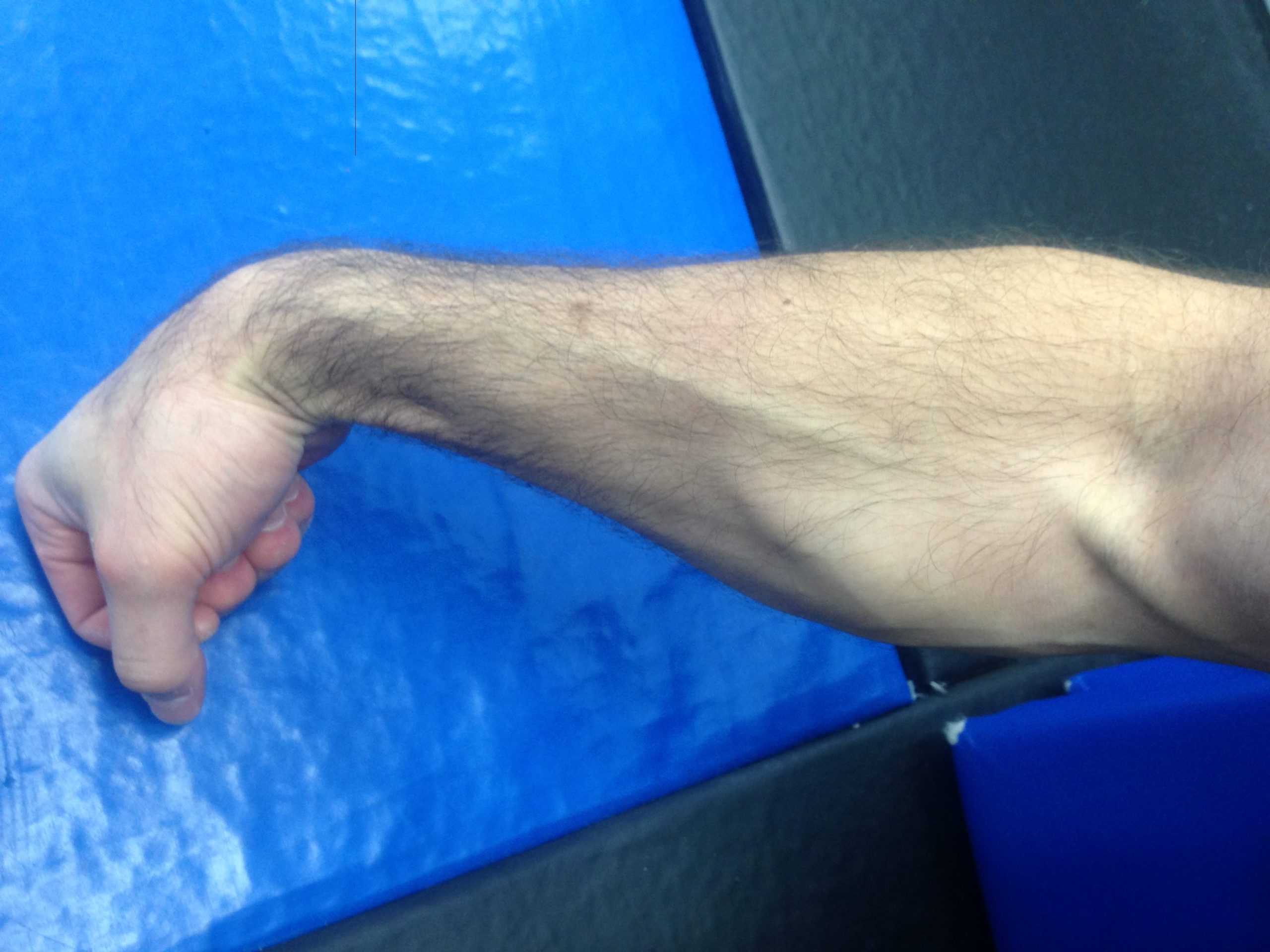
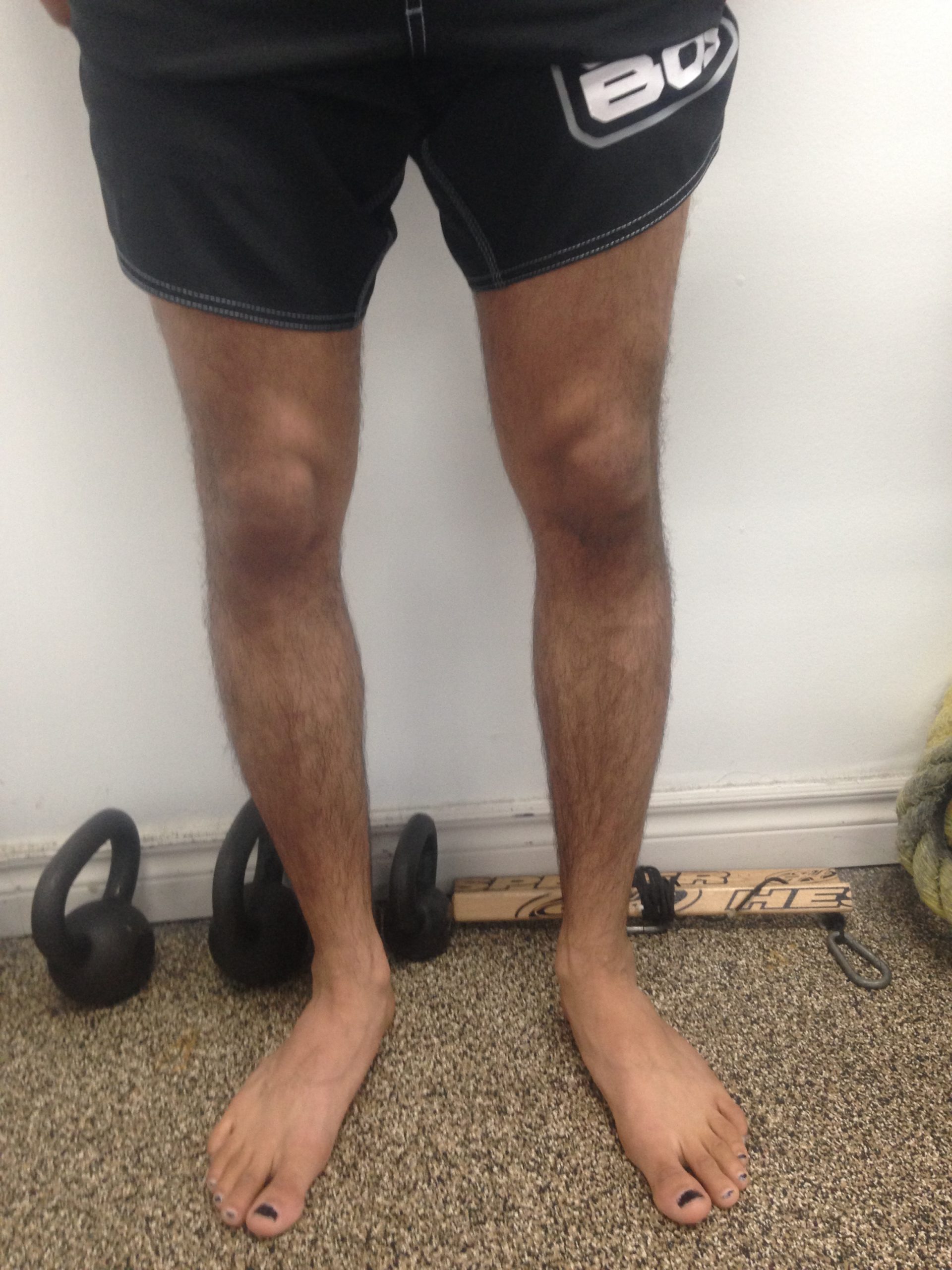
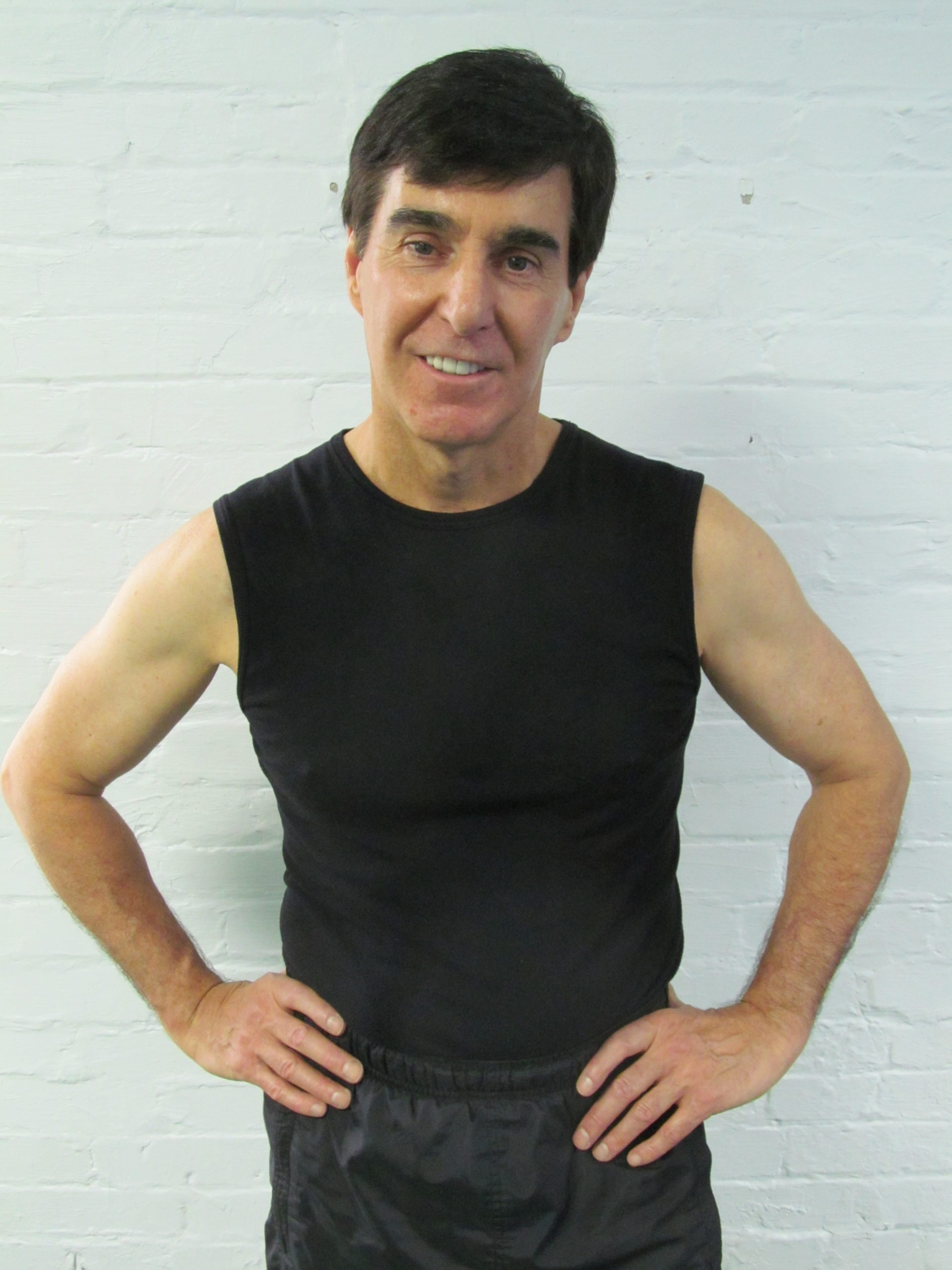

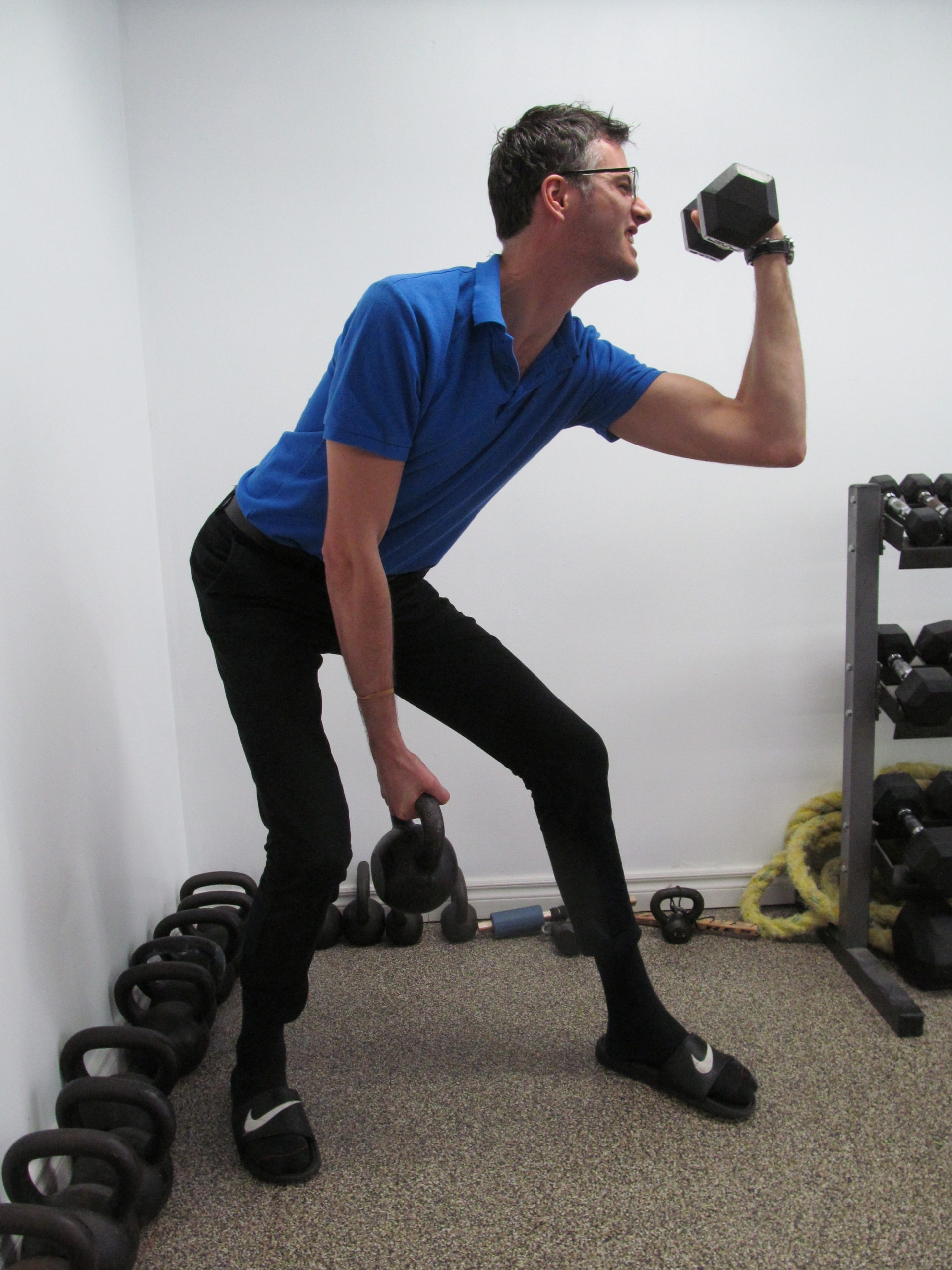



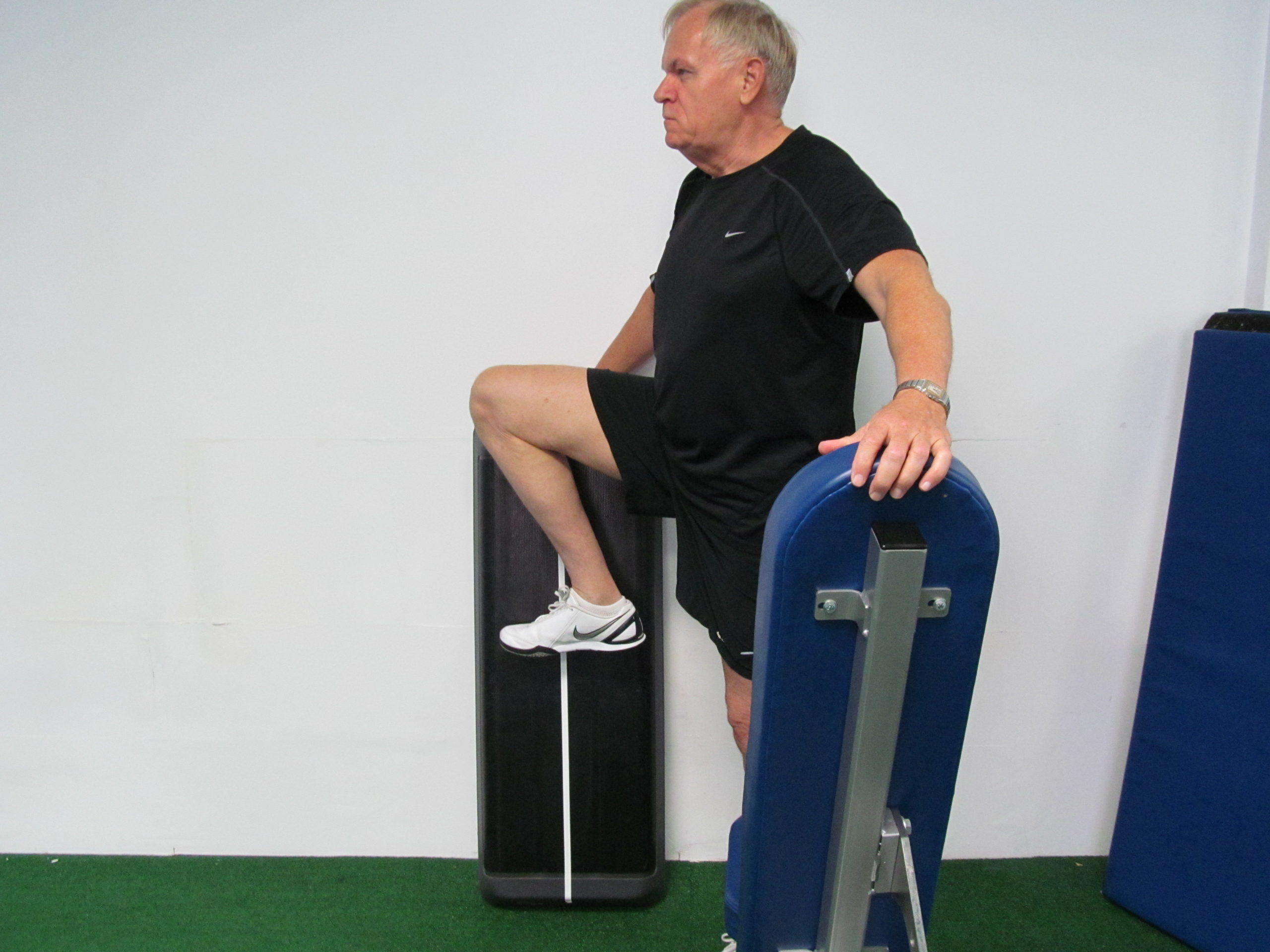
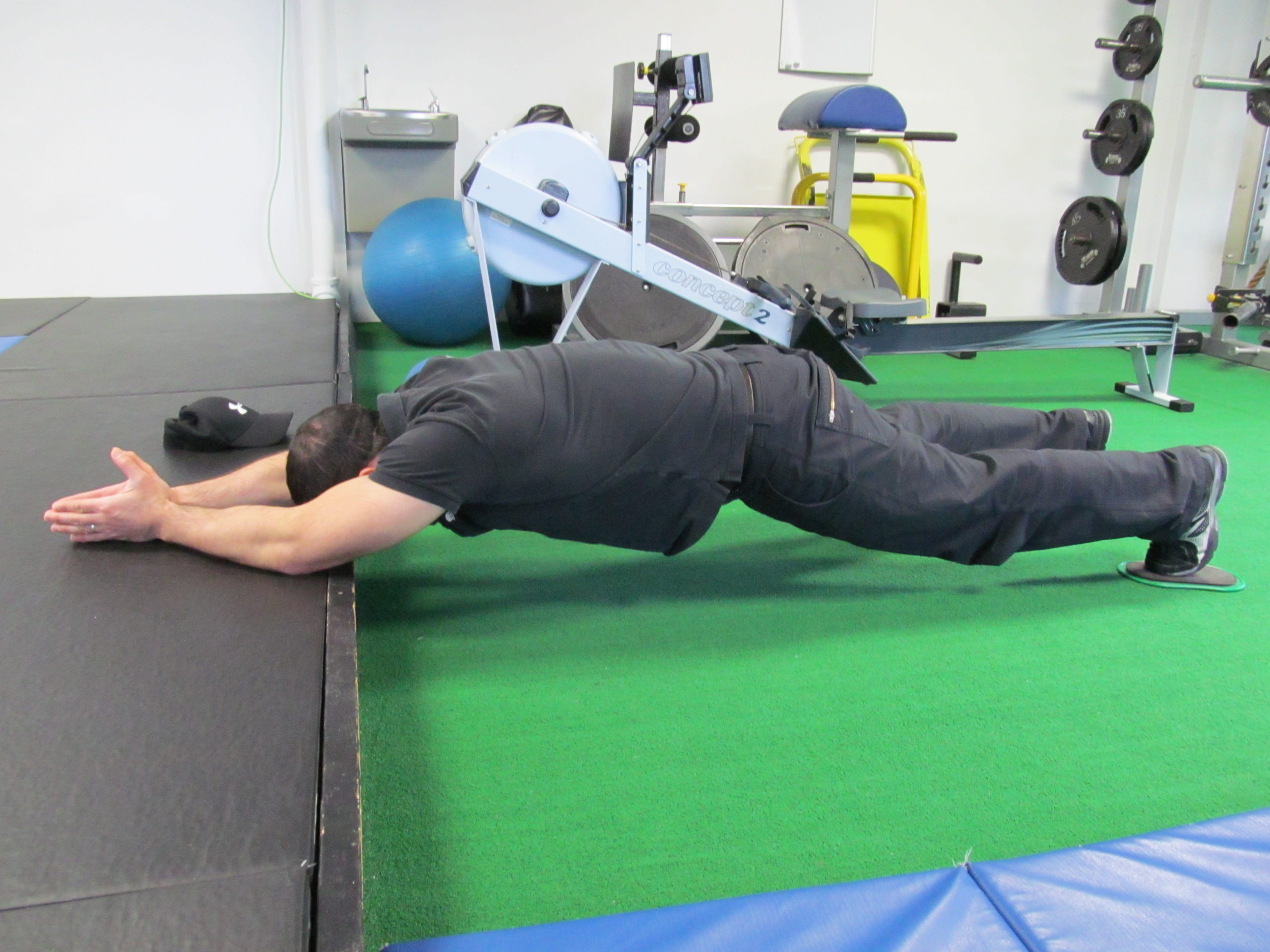




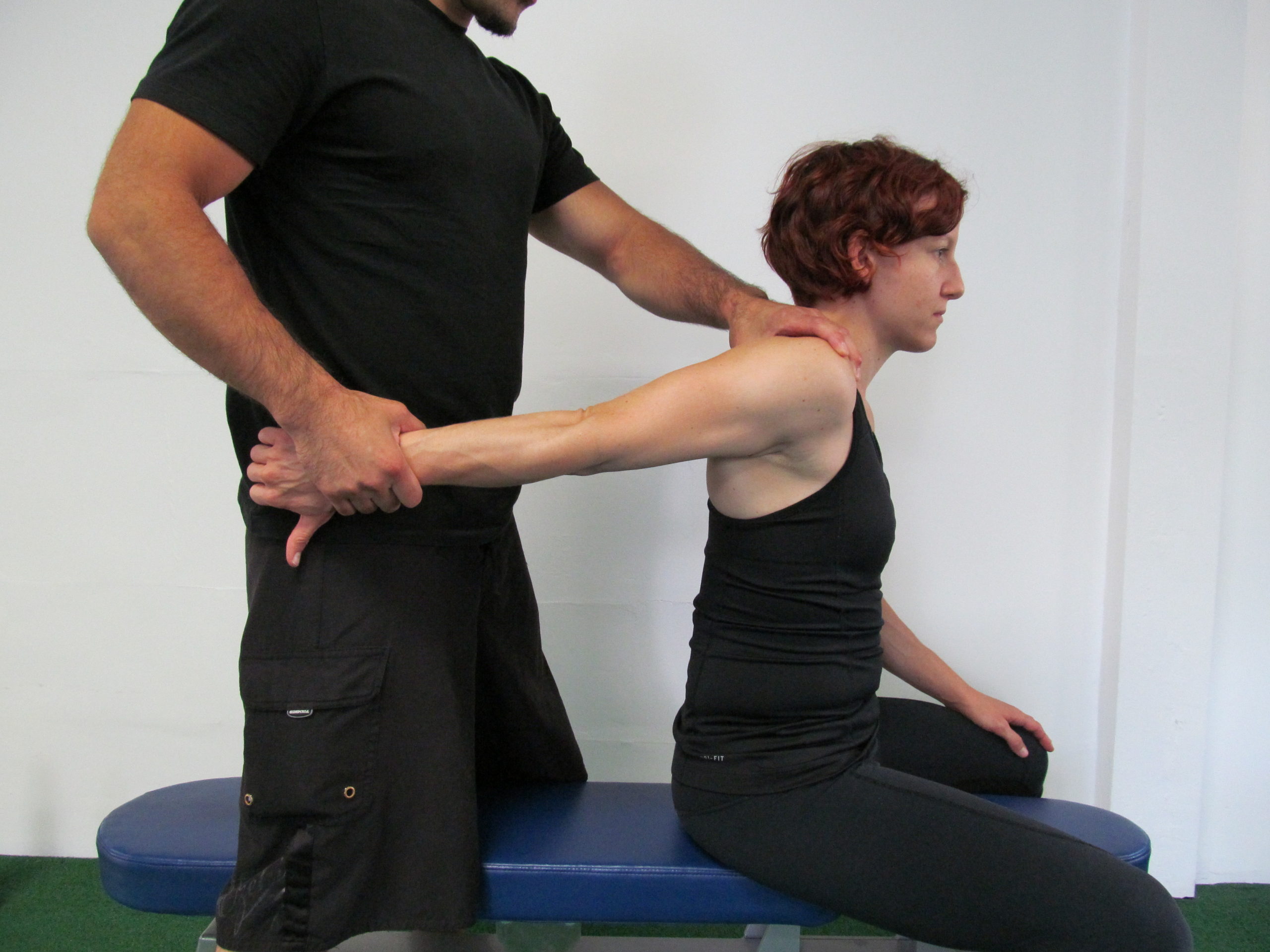
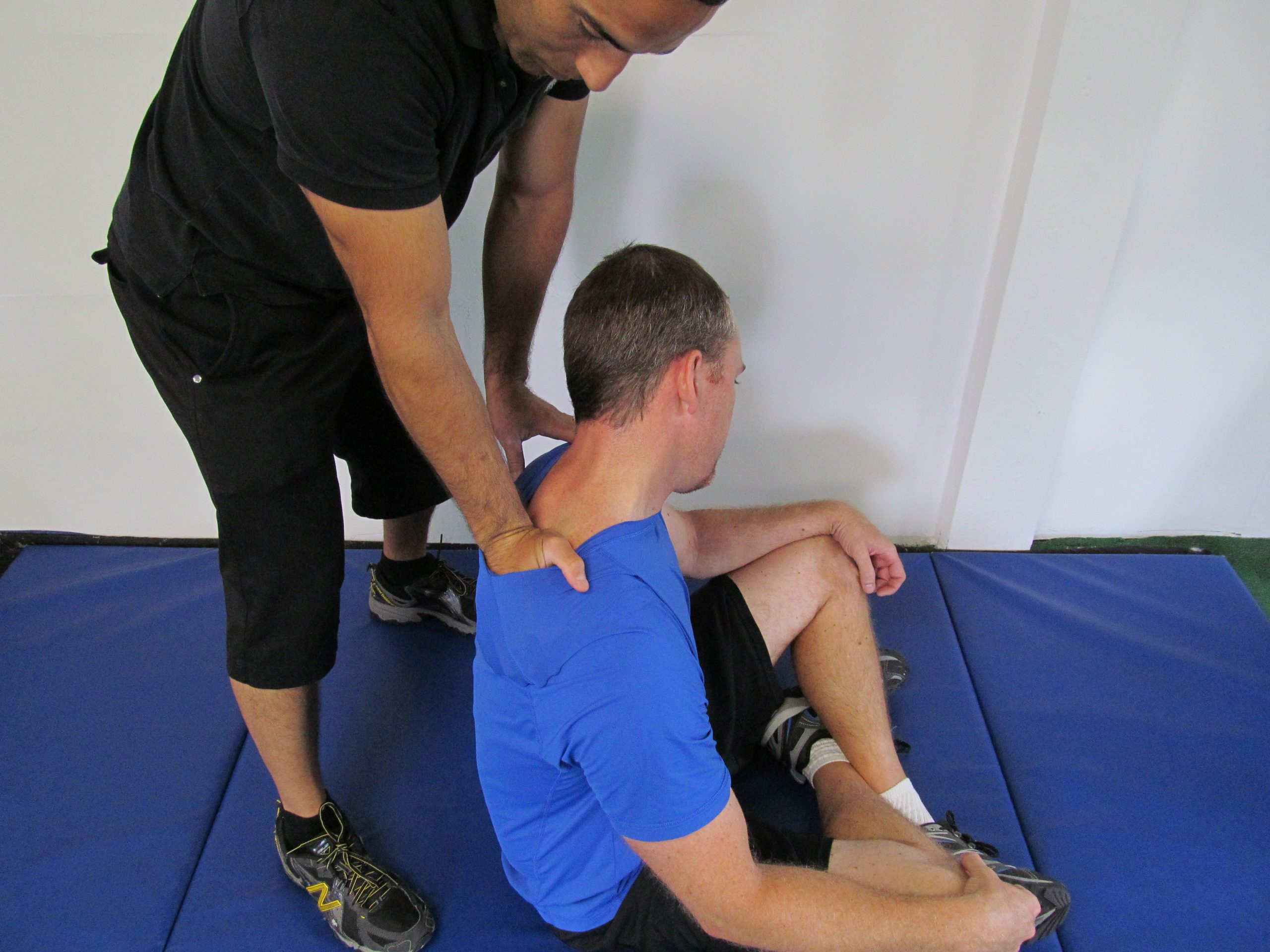
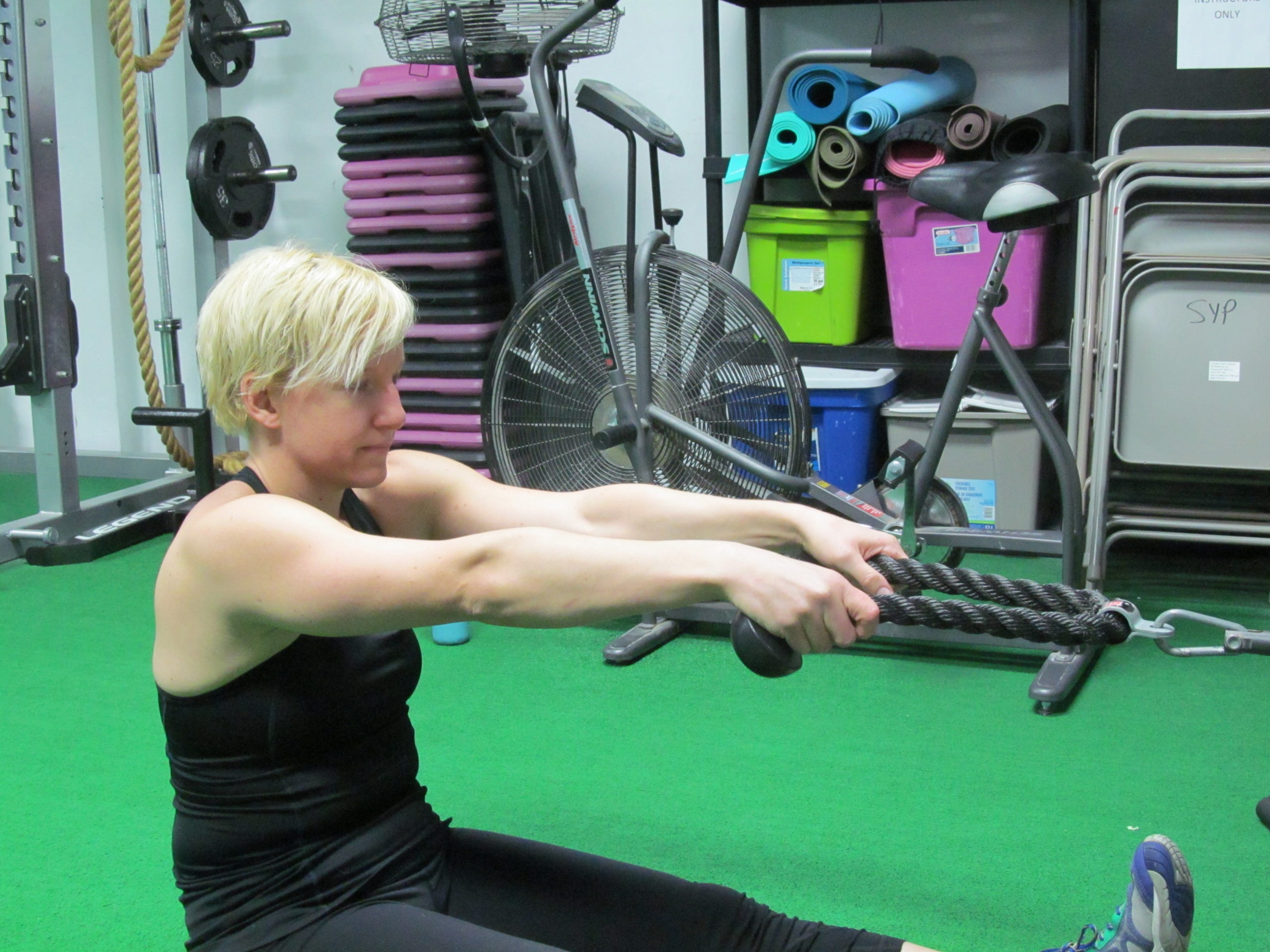
Recent Comments